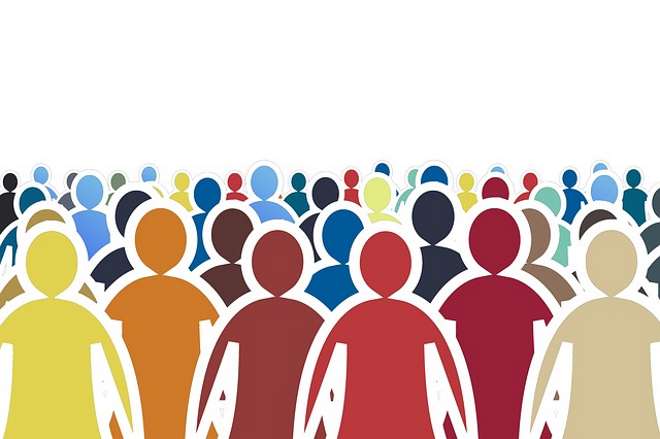Understanding Cultural Shifts in a Connected World
Global interconnection is accelerating cultural shifts that affect how communities form, how identities are negotiated, and how public policy responds. Migration flows, urban growth, and digitally mediated interaction combine with local histories to reshape demographics, social roles, and everyday practices across regions.

How do migration and demographics reshape communities?
Migration and changing demographics reorganize social networks and communal norms. When people move—internally or across borders—they bring languages, traditions, religious practices, and economic habits that interact with host communities. This process can enrich social life through new cultural forms and economic activity, but it can also produce tensions when resources, representation, or housing become scarce. Policy choices around integration, language services, and civic participation influence whether demographic change leads to inclusive communities or to social fragmentation.
What role does urbanization play in cultural change?
Urbanization concentrates diverse populations in cities, creating intense sites of cultural exchange. Cities often function as incubators for new cultural expressions, from music and food to political movements. At the same time, rapid urban growth can exacerbate inequality, strain infrastructure, and create spatial segregation. Urban planning, public transit, and affordable housing policies shape how urbanization influences daily life, determining whether metropolitan areas become hubs of cross-cultural interaction or places of entrenched division.
How do education and employment affect inclusion?
Education and employment are key mechanisms through which inclusion and social mobility are mediated. Schools transmit cultural knowledge and civic norms, while workplaces set standards for interaction and representation. Unequal access to quality education and stable employment can reinforce social hierarchies, limiting opportunities for certain groups and perpetuating inequality. Conversely, inclusive curricula, equitable hiring practices, and workforce development programs can broaden participation and help diverse communities gain voice and influence.
How do healthcare and inequality intersect with culture?
Healthcare access and public health outcomes are shaped by cultural norms and structural inequalities. Differences in language, trust in institutions, and cultural attitudes toward care affect who receives services and how they are delivered. Marginalized groups often face higher rates of chronic illness and lower access to preventive care, which in turn impacts participation in education and employment. Addressing these disparities requires culturally sensitive health services, community outreach, and policies that tackle the social determinants of health.
How do gender, ethnicity, and diversity influence policy?
Gender, ethnicity, and other identity markers influence both lived experience and policy priorities. Representation in political institutions, advocacy by civil society, and demographic shifts can push policy agendas toward more inclusive measures—such as anti-discrimination laws, parental leave, or language access programs. However, progress is uneven: identity-based inequalities persist when institutional gatekeeping, biased enforcement, or limited resources prevent policies from translating into practice. Meaningful change often depends on sustained civic engagement and institutional accountability.
How does activism shape cultural norms and inclusion?
Activism—both online and offline—plays a central role in contesting cultural norms and advancing inclusion. Social movements can reframe public debates, influence media narratives, and pressure institutions to reform practices around inequality, employment rights, or education. Digital platforms amplify voices and coordinate action across borders, but they can also polarize discourse or produce backlash. Effective activism often combines grassroots organizing with policy-focused strategies to convert cultural momentum into durable institutional change.
Conclusion
Cultural shifts in a connected world result from the interaction of migration, urbanization, policy choices, and everyday practices across education, health, and employment. Understanding these dynamics requires attention to local contexts, demographic patterns, and power structures that shape who benefits and who is left behind. Clear, evidence-informed policies and inclusive civic institutions can help guide cultural change toward greater equity and participation without erasing the diversity that fuels social innovation.





